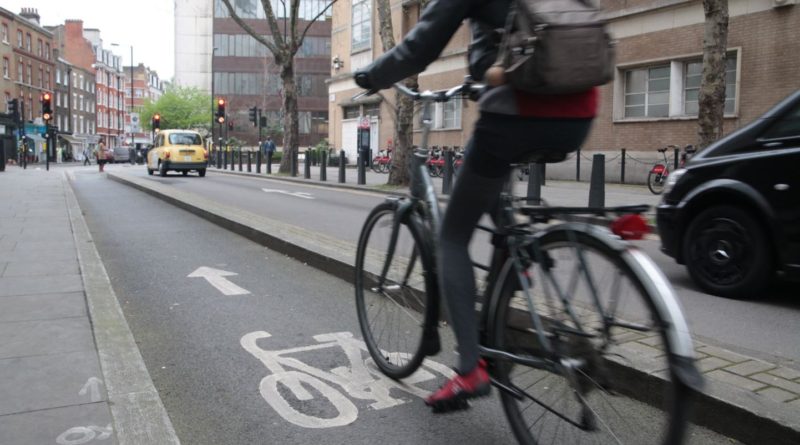Cycle lanes make roads safer for all users, says Colorado Uni study
Building segregated cycling infrastructure has been demonstrated to have a positive effect in making roads safer for all users, a new US-based study has shown.
Researchers at the University of Colorado Denver and the University of New Mexico published findings in the Journal of Transport and Health recently that show correlations between the presence of bike lanes and a “calming” effect on traffic; one that reduces tendencies to speed and ultimately reduces incidents.
Analysing 13 years worth of data, the University pairing looked at 12 large cities in the States with higher than average modal share for cycling. Over the period cycle commuting rose 51% as the number of protected lanes doubled each year, starting in 2009. Analysis of over 17,000 fatalities and 77,000 severe injuries formed the basis of the investigation.
“Bicycling seems inherently dangerous on its own,” said Wesley Marshall, PhD, PE, assistant professor in the College of Engineering, Design and Computing at CU Denver. “So it would seem that a city with a lot of bicycling is more dangerous, but the opposite is true. Building safe facilities for cyclists turned out to be one of the biggest factors in road safety for everyone.”
The researchers conceded that they entered with a slight bias toward expecting a safety in numbers effect as a key catalyst for improving figures, but instead discovered a greater link between safety and dedicated infrastructure, particularly the protected kind.
Portland in Oregon saw the greatest correlation. Between 1990 and 2010, cycling’s modal share grew from 1.2% to north of 6%. During this period fatality rates dropped by 75%. The calming effect of added bike lanes was echoed in Seattle, which saw deaths dip 60.6%, while in San Francisco rates declined by 49.3%.
“The U.S. is killing 40,000 people a year on roads, and we treat it as the cost of doing business,” Marshall said. “A lot of the existing research focuses on bicycle safety; with this study, we’re interested in everyone’s safety.
“Focusing on fatalities – not crashes – is important. Over the years, my research has found that safer cities have fewer fatalities but more fender benders,” he added.
Co-Author Nicholas Ferenchak concludes: “When we believed it was the old safety-in-numbers concept, that meant we had to figure out how to get more people on bicycles to make a city safer. That’s not easy. But this research has boiled it down for city planners: create cycling facilities, and you’ll see the impact.”
At the present time U.S. road deaths sit at around 37,000 a year in the United states.
This article will now join CI.N’s library of other data that supports a case for pressing for smarter and safer cities.



